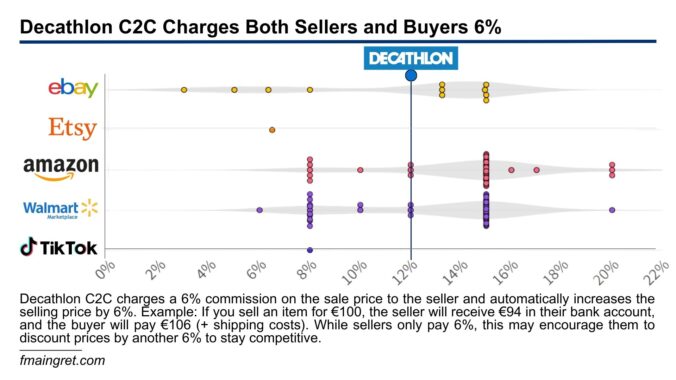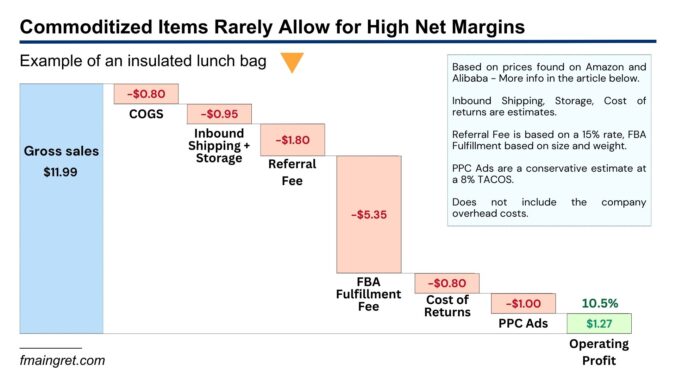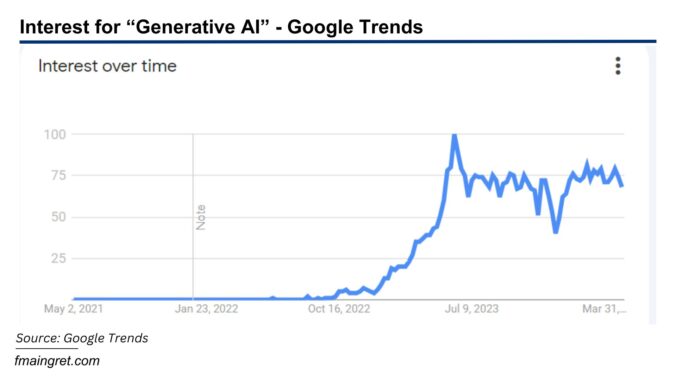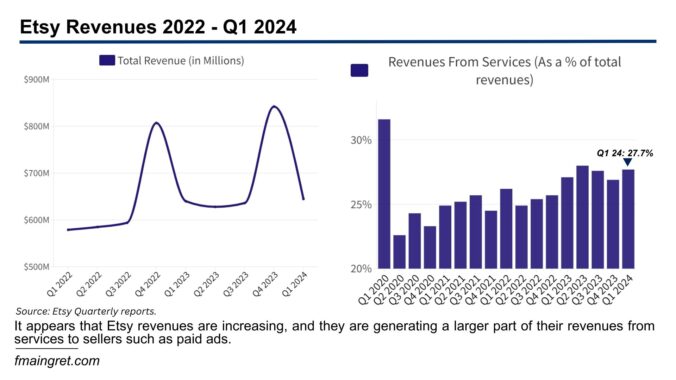Tag: ecommerce (Page 4 of 11)
I can’t help feeling angry when I see people throwing out perfectly fine products just to make room for new stuff. Not that I worry about them making easy money from reselling the items, but because of the waste of resources involved, especially when there are so many online resale platforms available. Many focus on fashion-related items, but we are starting to see more for other products. Only a few days after posting about Shein’s resale product, I read about the sport retailer Decathlon’s new resale platform for their products. And I thought, it is about much more than just pricing. Thinking about it, I can see many more reasons why companies are starting their C2C resale channels.
Continue readingIf you’re reading my content, you know my stance on the fast-fashion industry. Yet, I find it fascinating to observe dynamics between competitors, regulators, and customers. This time, the giant Shein is facing new regulations in the European Union. We can also hear industry experts in the US calling for changes regarding Temu and Shein, for example, on de minimis thresholds. This time, Shein is under scrutiny in the EU, and subject to new regulations. Let’s see what these new regulations are about, and why I think the recent measures Shein took in the EU won’t be enough to make their model more sustainable.
Continue readingAre you tired of hearing about TikTok yet? From articles on how TikTok killed our attention span to the potential security threat leading to a ban in the US, the Chinese social media platform keeps making headlines. We already know about its growing impact on American businesses through its influencers and shopping features. Social commerce is growing year after year, and we can expect the trend to continue following the latest news: TikTok lowers the threshold for content creators to become affiliates. Let’s see what this is about and how it will impact brands and consumers.
Continue readingNote: This is satire, if you’re looking for legitimate business advice, this isn’t the right article for you. This is more of a guide to help aspiring entrepreneurs avoid obvious scams.
In a world where everyone is chasing the next big thing, finding meaning in your work is very important for your well being. What better way to do this than by empowering others with the financial freedom to fulfill their dreams? Instead of just building a billion-dollar business for yourself, why not teach others how to achieve the same success?
It is more than just a job, it is a mission to make the world a better place, one success story at a time. And today, I will give you my secrets to become a business guru in no time.
Continue readingWhen I was a kid, my dad would take me to flea markets and garage sales every other weekend. I loved it because I could always find a cool toy for very little money. A few years later, as a teenager, I started looking for things I could resell for a profit. It was exciting and helped me make a little money to go out with my friends, but I had to stop when I got busy with college.
Fast forward a few years, while the ultra-fast fashion and disposable clothes from Shein often make the headlines in the news, recommerce is bigger than ever. Vinted revenues are growing year after year. Even Tiktok launched a new ‘Preowned Luxury’ category. Last week, eBay, one of the main channels for second-hand items, announced an interesting innovation for their clothing category. I think this is a great opportunity to go over this new feature, and review what the challenges are for small businesses in the pre-owned fashion industry.
Continue readingIf you’ve been following my content, you often hear me say building a strong brand is one of the most important things in today’s business environment. And one of the signs you have a strong and successful brand is when you start seeing counterfeit products.
According to OECD data, the global trade in counterfeit goods in 2023 was $1.023 trillion, or 3.3% of the total global trade. And despite efforts from brands and marketplace operators, these products are all over merchant websites, including some of the most popular.
Continue readingI recently saw an intriguing article in my recommendations. It was a guide on how to find products on Alibaba to resell on Amazon. I wondered why Google would recommend articles from 2017? But no, the article was published recently by a major company that sells market research software.
I get it, everyone is looking for the easy, quick, and risk-free way to get rich. And people have been selling that dream since commerce was a thing. We’ve seen it with dropshipping, with “Alibaba to Amazon” private labeling, or with the millions of pyramid schemes out there. Hell, I am sure people in ancient Greece were selling courses on investing in olive oil and wine.
Even though the article doesn’t present itself as a “get rich quick” guide, I found it overly optimistic. I don’t blame the company; it was well-written and probably does a great job at selling their software. And it isn’t misleading either; there is a lot of good and useful info in there. But because I know there are aspiring entrepreneurs reading my content, I’d like to discuss the risks of this strategy. The market has changed drastically since people started selling products sourced from Alibaba on Amazon, and I think it is necessary to understand these changes.
Continue readingWe’ve all used generative AI to do our homework, write an email, or create marketing assets. But the technology is much more than that. When I first tried ChatGPT, I wondered how it would impact e-commerce. Before I thought of copywriting or improving images, I thought that we would very shortly see Amazon saturated with AI-generated books.
Continue reading“Etsy? Who cares about Etsy Q1 earning call when we can review Amazon’s?” Believe it or not, the world of ecommerce is more than just Amazon. Etsy is a large marketplace that is much more relevant than Amazon for many small business owners. I found that Etsy is working on relevant projects over the last year. And as the competition from Chinese giants is threatening many companies, I thought it would be interesting to see if/how Etsy approaches it.
Continue reading








